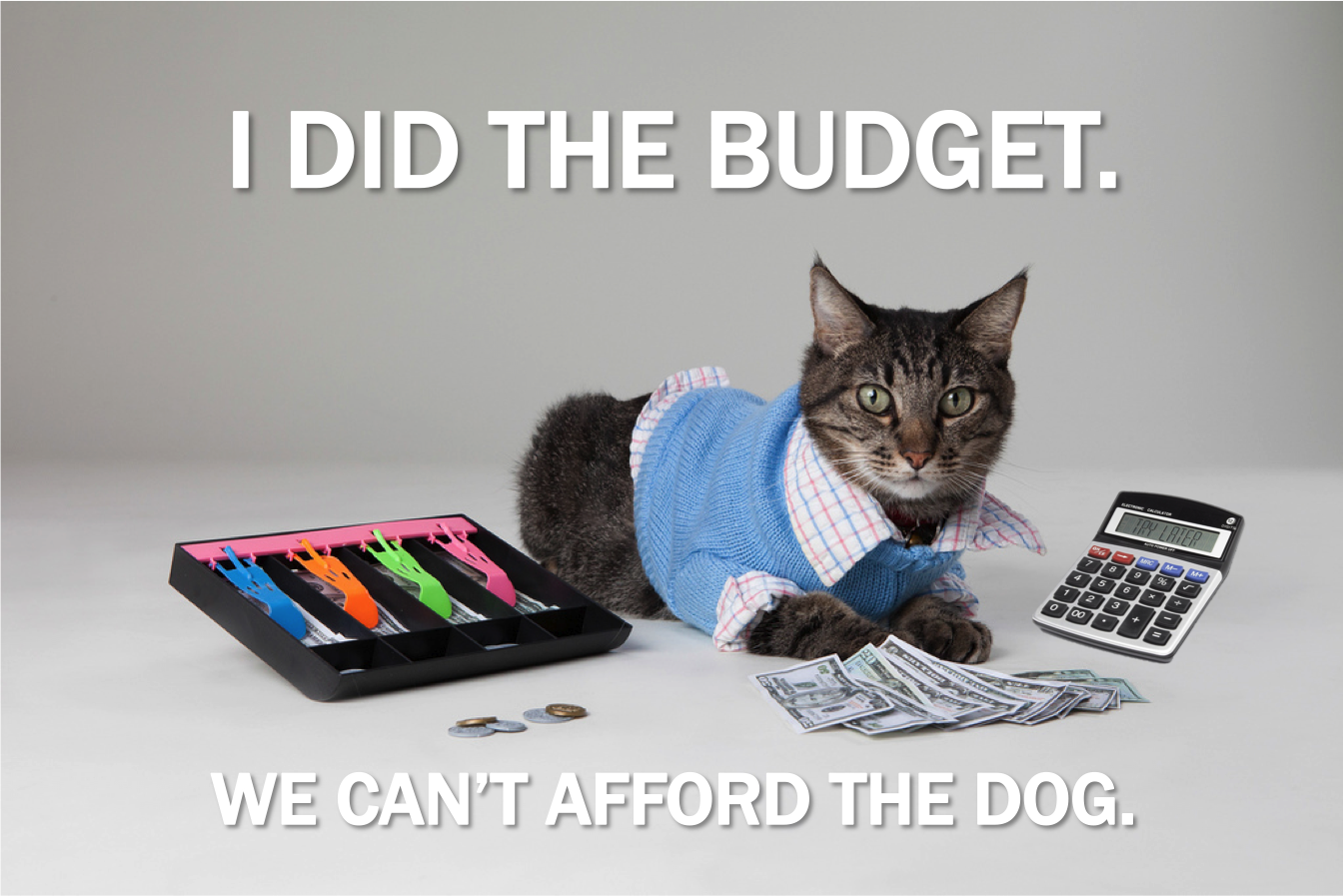
If you majored in business in college then you’ve probably taken your fair share of financial courses. From accounting basics to finance principles, my guess is that they left out the personal finance class or it wasn’t a requirement for you to take so you probably opted out of it anyway. That’s at least what happened to me.
Fast forward to now and you’re about 3-5 years into your working career (post-college) and you’re starting to realize that you should probably save some money. Or maybe you’re looking to budget your income better since you can’t even manage to save a penny as it is.
Now the question is, where do you turn and what should you use? While I’m not a financial expert and have absolutely no real experience in finance, I have found some pretty useful tools that have helped me along the way. And the best part is, they’re free and easy-to-use.
1. 50/20/30 Rule
I’ve been using this rule for about three years now and the latest version is even better. From LearnVest, you take 50% (or .50) of your paycheck and save that portion for essentials such as rent, utilities, groceries and credit card payments. Next, you’ll take 20% of your paycheck (by the way, this is post taxes/Net Pay/your take-home-pay) and put it towards a savings or investment account. As a side note, when I first started this financial journey, 20% was a huge shocker so you may need to start lower and work your way up. [I’m happy to report, that after three years, 20% doesn’t seem like enough. Once you get your spending in check, this part will be less painful for your pocket (and heart). ]
Finally, you’ll take the remaining 30% and use it towards lifestyle purchases such as eating out, shopping and general splurges.
When this rule was first put to good use, I literally separated everything into essentials vs lifestyle purchases. Now, with the new suggestion of combining essentials and lifestyles into 70% of your paycheck, I only have to deal with one number and everything is deducted from it instead of having to source and balance sides when I ran out of funds. As a final note, this should last you two weeks, or until your next paycheck. It’s also the fastest way to realize if you’re spending above your means and doesn’t involve a monthly tally of purchases.
2. LearnVest
Since I’ve stuck with the 50/20/30 strategy, I’ve also been on board with LearnVest and their latest mobile app. With this app, you connect all of your financial accounts such as credit cards, savings, investment portfolios and any other accounts related to money. LearnVest’s app conveniently monitors your spending and tracks where you’re going overboard. This is so much more convenient than having to do things manually at the end of the month. All you have to do is source items into categories that you create or use their pre-made ones. It’s that simple.
I have to admit that it was a bit scary at first to give a third-party mobile app so much of my information, but after some research I trusted it and haven’t looked back since. It has definitely helped me keep my spending in line.
3. MoneyUnder30
Once I gained control over my budget and spending, I was starting to see a little safety net building up and wondered what to do with it. That’s when I found MoneyUnder30.com, a branch off of another productive blog for millennials called Under30CEO.com.
Packed with strategies and tips to help you invest your money and make important financial decisions such as buying a house or leasing a car, MoneyUnder30 gives you the tools to make informed decisions. Plus, all of the topics are geared towards millennials so you’re not having to sift through completely irrelevant material. It’s genius.
4. (Digital) Weekly Ads
This one is technically not a financial tool, but it will help you save a good amount of money. I’m talking about using your grocery store’s weekly ad. Make this the first place you start when meal planning for the week and watch the savings roll in.
Many stores, such as the infamous and awesome Publix, even offer digital ads that can be viewed right from your tablet or mobile device so you really have no excuse.
Check out what’s on sale before stepping foot in the grocery store AND plan out your meals accordingly. I’ve saved upwards of $50+ dollars a visit and have never had to clip a single coupon.
On top of that, you can find healthy and affordable options that will pretty much take care of your meal planning for you. Make a little game out of it and see how many meals you can come up with from the weekly ad alone.
5. Meet Barclays
Have you seen the interest rates on your bank’s savings account lately? How is eight cents of interest going to help you retire? It’s not. Good answer. After some research, mostly done on MoneyUnder30, I was introduced to Barclays.
The Barclays Dream Account offers a 1.04% interest rate and a 1.05% Annual Percentage Yield (APY), as of writing this on April 13, 2015. In addition, you’ll get a bonus for contributing every month for six months AND an additional bonus if you don’t touch the money for six consecutive months. While it’s not a massive return, it’s much higher than your savings account from your bank.
To create the perfect safety net, you should split your 20% from your paycheck between a high-yield savings account like Barclays and an investment portfolio like Fidelity or Northwestern Mutual. Your investment portfolio is a much more complex topic and may be discussed in a future post, but definitely not in this one.
Until then, good luck using your new tools. I know you won’t be disappointed.
Featured Image Credit: Reaganpluscats.com
